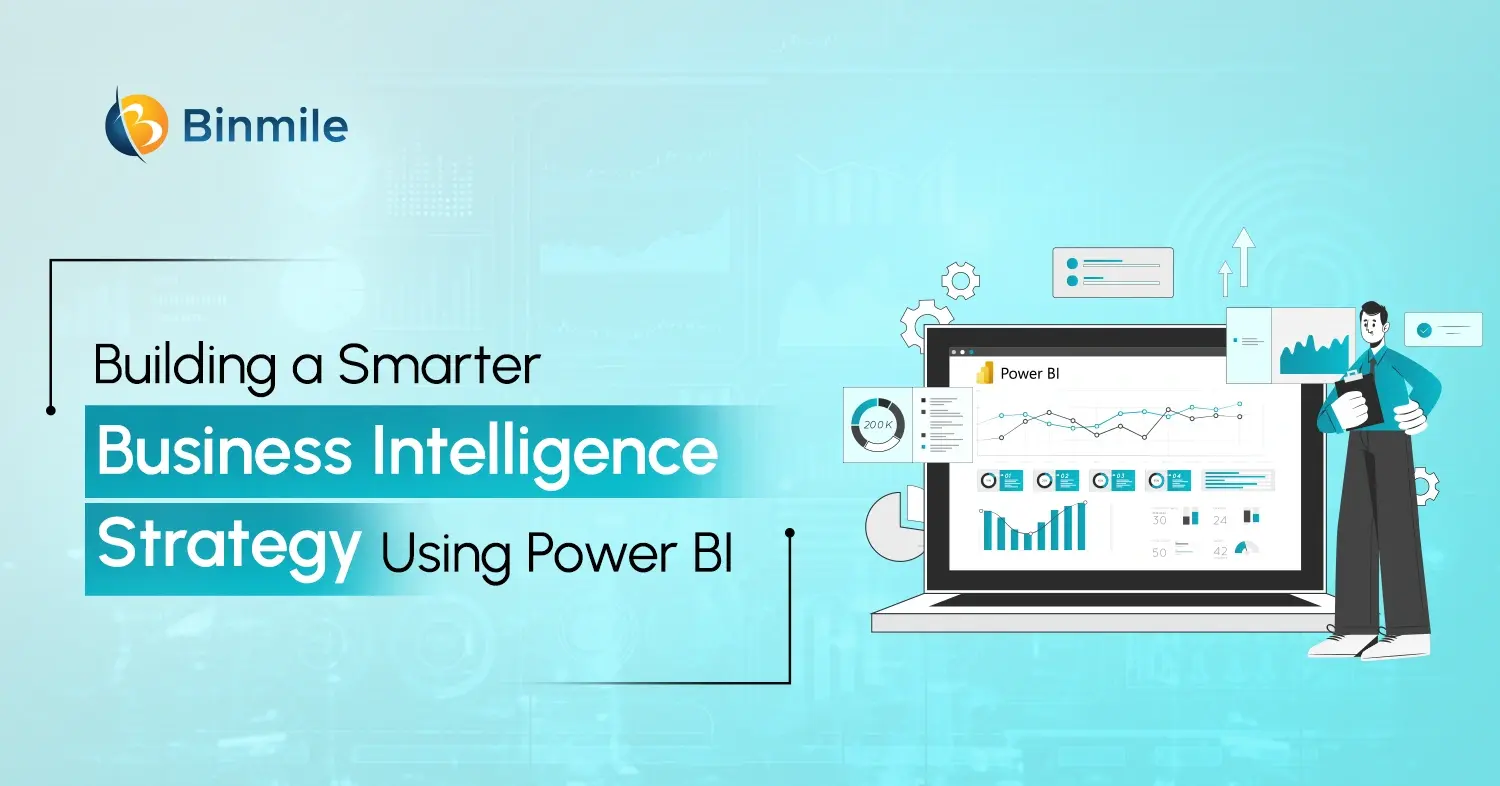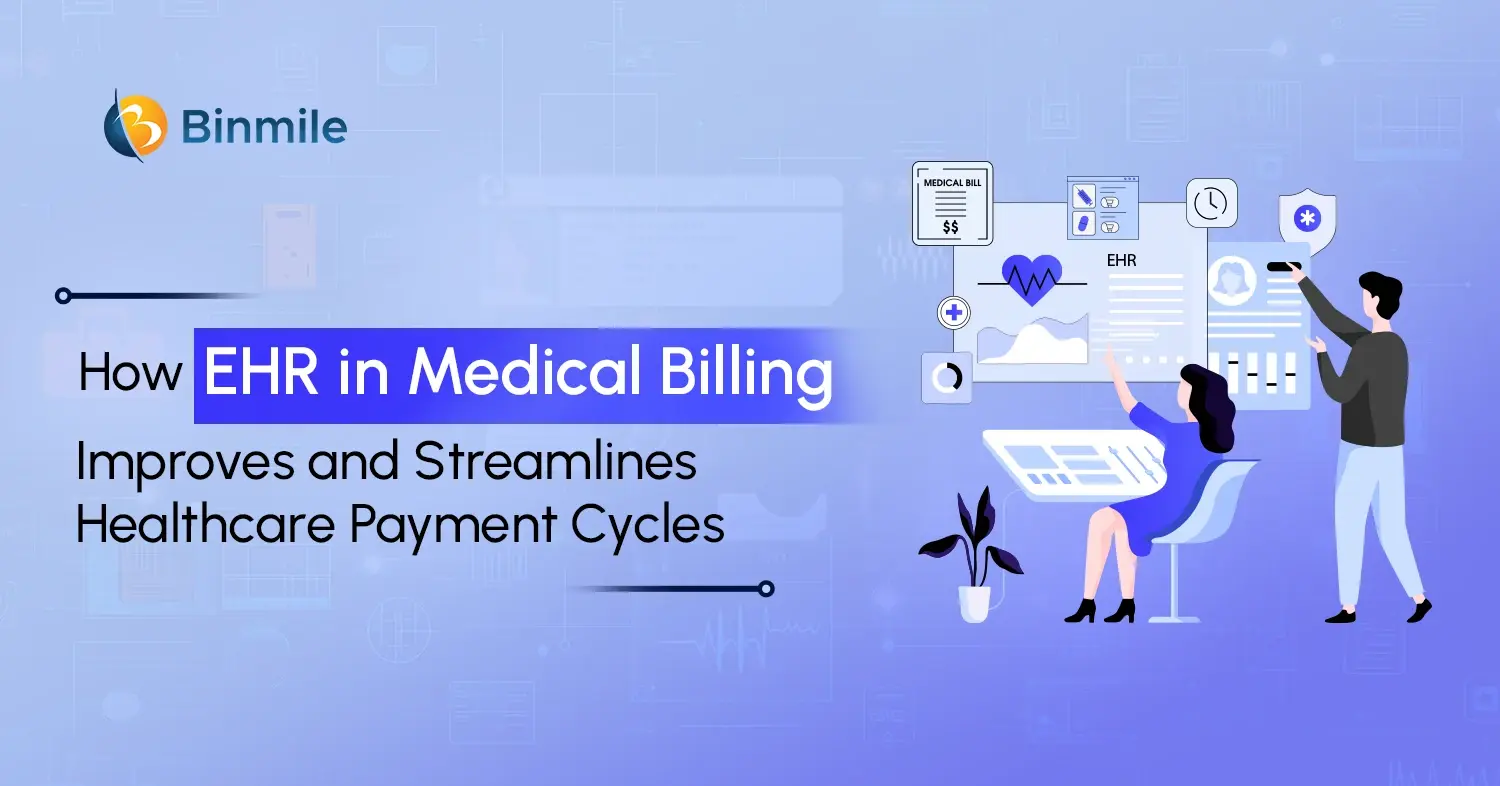Digital is the new buzz in all sectors, including the banking sector, progressing toward technological advancements. It has transformed the manual process into a digital process, resulting in reduced human error, time savings, and increased customer loyalty in banking. Technology is a problem solver and a pivotal resource for banks of all sizes and types to achieve their financial goals, improve financial health, and manage money. Start-ups, backed by new data-driven technologies like cloud, artificial intelligence (AI), Machine Learning (ML), and lean and agile processes, are increasingly encroaching on traditional banks’ territory. Banks generally work with core enterprise technologies that often work with legacy systems. They must introduce data-driven technologies, processes, and products to renew older systems and techniques. Bankers need to explore the landscape of emerging technologies and understand their impact on business strategy concerning banking technology trends.
The Current Landscape of Digital Banking
Nowadays, banking is becoming digital at a faster pace. Now, global customers prefer online or mobile banking to manage different banking activities, including transferring money to another person, paying bills, checking balance, updating account details, applying for a loan, inquiring about a finance product, filing a complaint, making deposits, withdrawing funds, and disputing a transaction.
According to the Ipsos-Forbes Advisor U.S. Weekly Consumer Confidence Survey, consumers prefer to use banking apps for transferring funds, submitting checks, and viewing account statements and balances. Look at the following graph to know the valuable features favored by consumers while using mobile apps.
The COVID-19 pandemic impacted the banking industry, forcing financial institutions to improve their digital presence and benefits. Banks need to enhance the banking experience of their customers. But, there are some challenges involved in digitizing banking activities, including:
- Attaining application perfection
- Cybercrime
- Delivering quality at speed
- Remote working
- Ongoing banking regulations
- Turbulent market conditions
- Technology upgrades
- Superheating with innovation
Bankers need to overcome these challenges by preferring modern banking technology trends that indicate the introduction of new technologies and processes by banks to stay ahead of the competition.
Top 5 Banking Technology Trends for Traditional Banks to Thrive in a Digital Society
Traditional banks have been slow to adopt data-driven technologies, leaving a gap in the market that start-ups are eager to fill. Modern data-driven technologies give rise to start-ups that outsmart traditional banks searching for profit. To remain competitive, traditional banks must balance modernizing their core enterprise technologies and bringing new data-driven processes, technologies, and products. Go through the following five technology trends for banks to help them grow well in a digital society.
1. Artificial Intelligence (AI) and Machine Learning (ML)
AI and ML have boosted the banking sector by enabling banks to process vast amounts of data sets and reach conclusions through pattern analysis, enabling quick or instantaneous decision-making. These technologies are making substantial improvements that boost the effectiveness and efficiency of banking processes, resulting in significant time and cost savings. The application of AI and ML in banking ensures an enhanced customer experience by:
- increasing employee productivity
- reducing redundancies
- making transactions safer
By harnessing AI and ML for fraud detection, top Fintech companies are revolutionizing banking processes. Estimates suggest banks could slash costs by 22%, potentially saving close to 1 trillion by 2030. These technologies are enhancing customer service, credit assessment, and loan decisions, and now, with ML, bolstering fraud detection efforts.
2. Cloud Banking
A cloud-based infrastructure is the best way to handle banking processes, primarily when the need arises to make rapid changes. Cloud-based banking processes can result in greater convenience and more accurate information. Cloud banking is a perfect option for
- seamless global payment
- P2P transfers
- contactless payments
The growing use of cloud technology has brought unprecedented advantages for people, agencies, organizations, and banks in the financial industry. This usage will make bankers rethink their business models.
3. Blockchain Technology
Blockchain technology is used in cryptocurrencies like Bitcoin. However, the banking industry has begun implementing this technology to improve its processing capabilities. It can make payments and investments faster and hassle-free. Blockchain is often used in conjunction with cryptocurrencies. However, the banking industry is also using blockchain to improve workflow dynamics.
4. White-label Banking or Banking as a Service (BaaS)
Now, smart devices have enabled different devices to deliver the banking experience. Today, other app-based cab booking platforms sell insurance and offer P2P payments. It means any business can become a banking provider. Now, financial services have placed technology upfront and banks in the background. Accelerated by the evolution of technologies like edge computing and open APIs, the BaaS makes way for connected banking.
5. Fintech is the Next Big Thing
Fintech is a highly disruptive class of financial innovations as it will continue to transform society in the coming years. The rise of mobile computing and the Internet boom has bolstered fintech to become a perpetual global revolution. Fintech is set to grow in use and impact with an expanding family of robust technological tools. A strategic partnership between traditional banks and a fintech app development company can be a win-win solution for customers, banks, and the right fintech partners, ensuring a seamless experience.
Digital innovations in payment and banking technology are going to redefine financial processes. A report on the fintech market published in financialexpress.com shows that the fintech market value is expected to reach a valuation of $309.98 billion by 2022. Fintech technology enhances and automates the use and delivery of financial services. Some different fintech types include:
- Digital lending platforms and Robo-advisors
- Mobile payment apps, investment apps, and stock-trading apps
- Payment gateways, online insurance systems, and online banking services
Transform your bank with leading-edge fintech solutions. Explore our services to seamlessly integrate modern banking technology trends today.
3 Ways to Improve the Digital Banking Experience of Customers
Lagging with their legacy systems, traditional banks need to improve their mobile and online banking experience to serve the targeted audience. They need to add the most valuable and essential features that make customers understand things and feel comfortable. Consumers will use digital banking when they know the mobile features’ usage, functionality, and benefits. All customers are not the same; they have custom needs. Be it a budgeting tracking tool or a fund transfer app, banks should prioritize customer needs. Here are some other helpful ideas to boost your digital banking experience:
- Focus on Mobile Apps Over Bank Websites: Financial institutions have poured money into developing mobile apps in the last few years, whereas bank websites have seen little change. In the recent survey, satisfaction with mobile banking apps rose dramatically, while satisfaction with bank websites remained stagnant.
- Combine Digital with Branch Banking: Digital banking in financial services has its advantages, but in some circumstances, interacting with a banker’s professional or human touch might be more valuable than seeking advice online.
- Try New Features: At first, you may use your mobile app or bank’s website only to transfer money, deposit checks, and view bank balances. But once you’ve tried out the other features like budgeting and tracking tools, you may find more satisfaction with your digital banking experience. These features usually cost nothing, so it’s worth looking at them.
Also Read: Popular Fintech Software Development Trends
Conclusion
All the above banking technology trends are crucial for traditional banks to go forward in the digital age. However, implementing technology trends requires significant effort in the organization, technology, and process. Although these transformations are vital for dealing with legacy systems, they need to be carefully assessed, presented, and re-evaluated.
Traditional banks looking for unparalleled tech solutions to serve their customers can get help from top software development companies that have experience in creating advanced finance apps. Be it fintech, banking, finance, or payment apps, customized mobile app development solutions for digital banking can empower intelligent banking driven by digital transformation.
Frequently Asked Questions
Banking Technology refers to the use of technological solutions and innovations to enhance the delivery of financial services, improve operational efficiency, and meet the evolving needs of customers in the banking sector. It encompasses a wide range of digital tools, platforms, and systems utilized by banks and financial institutions to streamline processes, manage transactions, and enhance customer experiences.
Banking Technology offers several benefits to customers, including:
- Convenience: Enables customers to access banking services anytime, anywhere, through digital channels such as online banking and mobile apps.
- Speed and Efficiency: Facilitates faster and more efficient transactions, reducing processing times and eliminating the need for manual paperwork.
- Personalization: Provides personalized banking experiences through tailored product recommendations, targeted marketing campaigns, and customized financial advice.
- Accessibility: Expands access to banking services for individuals who may not have access to traditional banking infrastructure, promoting financial inclusion.
- Security: Implements advanced security measures to protect customer data and transactions from cyber threats, enhancing trust and confidence in banking services.
- Innovation: Drives innovation in financial services by introducing new features, products, and services that cater to evolving customer needs and preferences.
Banking Trends refer to the evolving patterns, developments, and shifts in the banking industry driven by technological advancements, regulatory changes, shifting customer preferences, and global economic factors. These trends shape the direction of the banking sector and influence the strategies, products, and services offered by banks and financial institutions.
Regulatory changes, including new laws, regulations, and compliance requirements, have a significant impact on banking trends by influencing how banks operate, innovate, and serve their customers. Key regulatory trends include:
- Open Banking regulations that mandate banks to share customer data with authorized third-party providers to promote competition and innovation.
- Data privacy and cybersecurity regulations aimed at protecting customer data and ensuring the security of digital banking channels.
- Anti-money laundering (AML) and Know Your Customer (KYC) regulations to prevent financial crimes and enhance transparency in banking transactions.
- Sustainability and ESG regulations that require banks to integrate environmental, social, and governance factors into their business practices and investment decisions.









